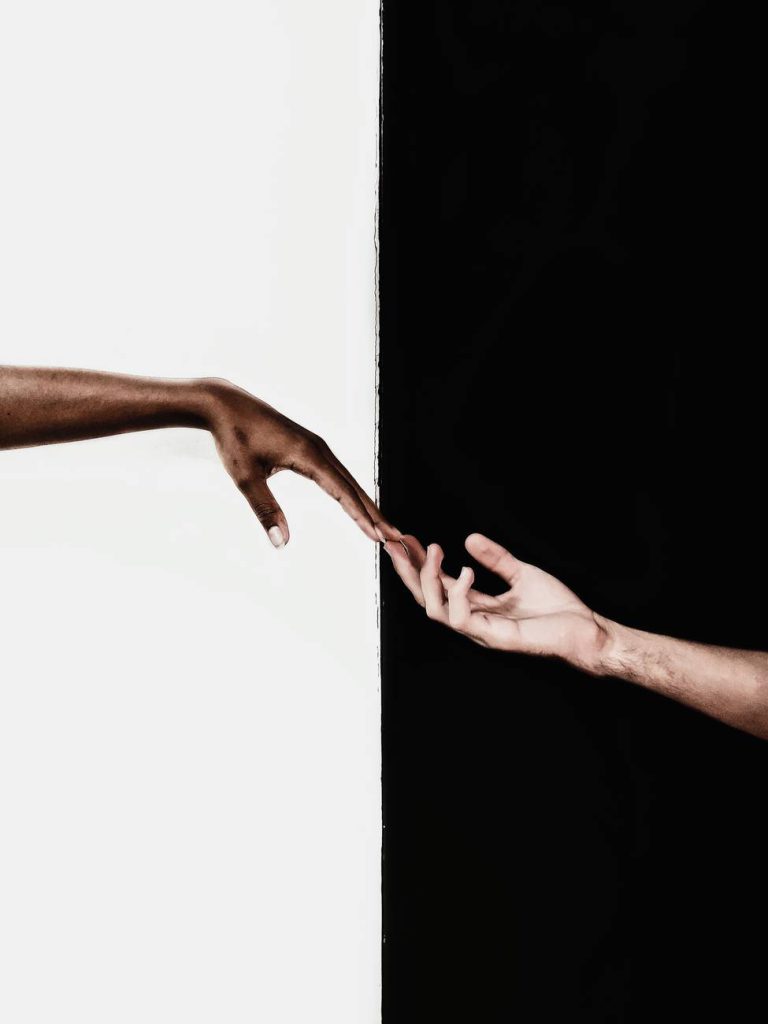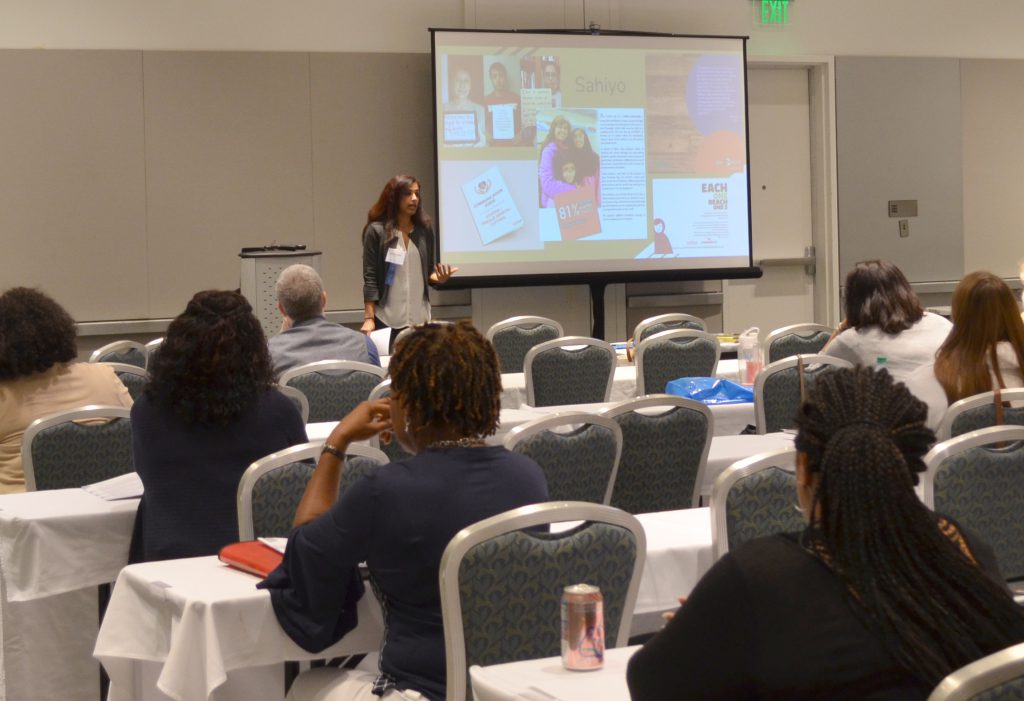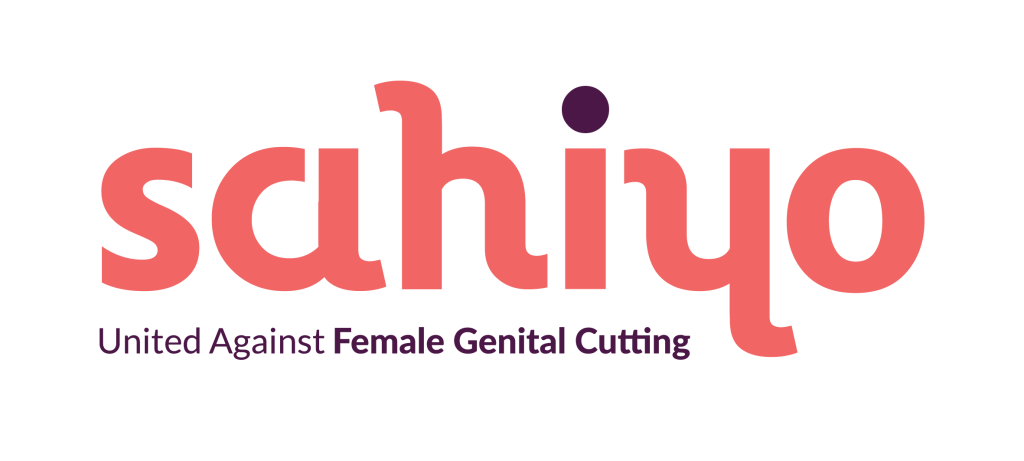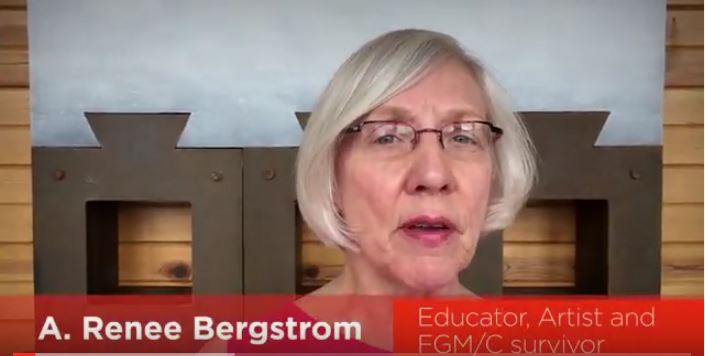The End FGM European Network hosts webinar: “Addressing female genital mutilation while leaving no one behind”

By Madrisha Debnath The End FGM European Network hosted a webinar titled, “Addressing female genital mutilation/cutting (FGM/C) while leaving no one behind,” to discuss FGM/C and the framework of intersectionality in February. The speakers of the event included Helena Dalli, EU Commissioner for Equality; Aïda Yancy, an LGBTQ+ feminist, anti-racist activist currently working at RainbowHouse Brussels and an expert on FGM/C; Hadeel Elshak, Youth Ambassador of End FGM European Network; and Sietske Steneker, UNFPA Brussels Director. Keynote speaker Dalli addressed the data regarding FGM/C among the European Union member countries. According to the European Institute for Gender Equality, 600,000 to 900,000 women and girls are at risk of FGM/C in thirteen European countries alone. The European Commission is working to end the practice of FGM/C with an intersectional approach. Working with ground level activists, community-based workers and survivors to understand the different ways in which each woman is affected is crucial toward encouraging the abandonment of the practice. Avoiding stigmatisation, racism, and xenophobia is imperative for ending gender-based violence and structural inequality. Yancy explained the concept of intersectionality originating from Black Feminist Theory. The term was coined by Kimberlé Williams Crenshaw (1989) in her seminal work, “Demarginalizing the Intersection of Race and Sex: A Black Feminist Critique of Antidiscrimination Doctrine, Feminist Theory and Antiracist Politics.” Intersectionality happens when a person is at the crossroads of more than one systematic oppression. The marginalized people who are standing at the crossroads, for example, a black woman or a woman of colour, is not only facing racism and sexism, but is subjected to something bigger that comprises the effect of both sexism and racism. Intersectionality doesn’t mean simply adding the systemic oppression that a person is facing. Rather, it means that the effect is cumulative instead of being additive since these categories of oppression are not mutually exclusive. Intersectionality is more than a concept; it’s a tool to identify issues of access for marginalized people. Since social institutions work in a single lane fashion, recognising oppressions exclusive of one another by using intersectionality as a tool will help to identify social issues. Elshak talked about her identities of being black, woman, Muslim, Sudanese, young, and of the first generation to be living in United Kingdom, as well as how her multiple identities have shaped her everyday experiences. She shared her experiences of forming the “Youth Engagement Manifesto: Tackling FGM in Europe- Strategies for Effective Engagement of Youth from FGM-affected communities.” She talked about how, in being young, she has disrupted the general notion of older people being wiser, and made her opinion known in advocating against FGM/C. Steneker presented the report on the state of the world population on harmful practices titled, “Against My Will: Defying the Practices that Harm Women and Girls and Undermine Equality,” by the United Nations Populations Fund (UNFPA) that include nineteen different types of harmful practices, including virginity testing, child marriage, breast ironing, body modifications, female genital cutting, and other harmful practices controlling women’s bodies and sexualities. According to the report, over 200 million girls and women have undergone some form of genital cutting. An estimated 52 million women and girls worldwide have undergone the practice performed by medical practitioners, doctors, nurses or midwives. Girls who are forced into marriage as children may also be survivors of FGM/C or are at a higher risk. Everyday an average of 33,000 girls are being forced into marriage. Watch “Addressing female genital mutilation while leaving no one behind.”
Sahiyo and StoryCenter host virtual storytelling event on the intersection of race and female genital cutting: A reflection

By Isabel I began interning with Sahiyo in June. A recent graduate into the fields of cultural anthropology and human rights, I was eager to learn how Sahiyo used participatory media and community-based advocacy to end female genital cutting (FGC) and break down the culture of silence that surrounds it. Daily, I grew more exposed to the collective healing fostered among survivors and advocates against the practice. As I listened to the many voices of women – and a few men – speaking out against the practice, I felt the strength, resilience, and bravery that empowered them to tell their own stories. I realized I could never understand the full extent of their vulnerability and power after I participated myself – for the very first time – in a Sahiyo storytelling workshop. On September 17, Sahiyo and StoryCenter co-hosted “Intersecting Stories,” a virtual event bringing together survivors and advocates against FGC to ask questions of race, identity, and privilege, and what it means to be an ally in the Black Lives Matter movement. My role in the workshop began as back-end support – helping draft the event description, supporting outreach – until Mariya and Lara invited me to attend as a participant. The truth is, I wanted to say no. I felt uncomfortable, like I had no story to tell and no place telling the stories I could. Who was I – a white, cisgendered woman who spent most of my life ignorant to the global practice of FGC – to speak on the intersection of the practice and racism? But I didn’t want to disappoint so I agreed. It’s not that I didn’t want to participate, but rather felt I shouldn’t. So, in the days leading up to the workshop, I wracked my brain trying to prepare a story. I asked friends for advice, and family members, too. The morning of the workshop I had yet to come up with a story – I was anxious, nervous, and really clueless as to what to do. I felt caught between my desire to step up as an intern, and my desire to respect the safe space I had seen Sahiyo work so intentionally to create. Just an hour before the virtual start time, I texted Lara, the Communications Coordinator and also my direct internship supervisor. I told her I was nervous and that I felt uncomfortable inserting myself and my story in a forum meant for those directly affected by FGC. Just minutes after reaching out to Lara, I received back a voice message set to a soundtrack of New York City honks and horns. I listened as she told me she understood where I was coming from and encouraged me to participate only to the extent I felt comfortable. But after easing my self-inflicted pressure, she continued to say that she believed I did have a place in the workshop and a story to tell. As an advocate against FGC, she told me, my story was my story no matter how my entry point diverged from the other participants. Ending the message with an offer to hop on the phone to discuss, I readily accepted. By the start of the workshop, I had decided that if I were to share in the story circle, it would only be if there was still extra time after the other participants had shared. The workshop began, and I listened in awe as each participant shared their stories – stories about the experiences of nature, of childhood, of immigrating that formed who they are today. I was humbled and inspired as I watched a community form through vulnerability and story. When there was no one left to go, I made a decision. I spoke up and I told my own story. I spoke of my small town, of my time in middle school, and of who I see myself to be today. I was still scared, but I felt something else: a desire to share, to divulge the same way I had been divulged to, and to honor the community that had taken shape in only a couple of hours. When I reflect, I realized through our stories we found places of unity – ways to both share our complex individuality, and engage in the collective experience of a racialized world – no matter our entry points or backgrounds. We told stories of childhood, our school years, nature, and immigrating. We told stories of bullies and friends, family and strangers. So, where does this bring me? I will never feign to know what it is like for those affected by FGC to share their often intimate stories of what it means to speak power to silence. But participating in the Intersecting Stories event gave me the slightest glimpse into the strength of so many women who have bravely made themselves vulnerable to protect others. More so, as a participant I witnessed firsthand the magical nature of storytelling – how words weave friendships, trust, and respect.
Sahiyo talks about female genital cutting at 3rd Annual Intersections of Violence conference

On July 16th, Sahiyo Cofounder and U.S. Executive Director, Mariya Taher was invited to attend the 3rd Annual Intersections of Violence: Domestic Violence, Sexual Assault, and Child Abuse Conference in Hampton, VA and host a break-out session on female genital cutting (FGC) in the United States. The conference is dedicated to enhancing the effectiveness of victims service professionals and brought together law enforcement, prosecutors, victim advocates, child advocates, and other allied professionals to highlight promising practices and emerging issues to effectively respond to domestic violence, sexual assault, andchild abuse in our communities. Mariya’s presentation, the only one of its kind at the conference, covered an overview of who is affected by FGC, interventions used to address FGC, and how to work/respond to survivors. Most attendees had little experience with FGC and so throughout the presentation, survivor stories, from Sahiyo Stories project were shown to participants to help contextualize that FGC was an issue within the U.S. affecting women of all different backgrounds, including religion, ethnicity, socio-economic status, education level, citizenship status, etc.
Examining Female Genital Cutting and Intersectionality

By a Bohra The recent dropping of charges against Dr. Jumana Nagarwala, who is accused of performing female genital cutting on underage girls in the United States, on a constitutional technicality rather than perceived criminality, solidified my thinking about the relationship between power and oppression. This thought was first introduced to me by Irfan Engineer, the son of Asghar Ali Engineer, a prominent activist who engaged in a decades-long battle with the Bohra orthodoxy over community reform. Irfan, a successful activist in his own right, described to me the relationship between the Indian state and the Bohra clergy. As long as the clergy declared electoral allegiance to the government, the state would turn a blind eye to the clergy’s authoritarian rule over the Bohra community. This relationship was made visible by the government’s reversal of its support for a national law against FGC, shortly after Prime Minister Modi (dis)graced the stage at one of this year’s Bohra Ashura sermons. Modi extolled the virtues of the economically and educationally advanced Bohras, who were allegedly setting a great example for their impoverished and persecuted Muslim countrymen. Seeing Modi on stage, Bohra Muslims could almost forget the carnage inflicted in Gujarat in 2002, and Modi’s rampant Islamophobia since. The Bohra community has probably been shielded from Islamophobic violence because of the clergy’s close relationship with the ruling right-wing BJP (Bharatiya Janata Party) and its ideological parent, the RSS (Rashtriya Swayamsevak Sangh). Even I was willing to overlook the fact that the Indian government’s attempt at criminalising FGC was based more on criminalising Muslims rather than empowering women. Yet, I thought, maybe the ends will justify the means. I was wrong. Modi’s relationship with the Bohra clergy makes it clear that we cannot rely on the Indian government to end FGC in our community. Even if the Supreme Court rules in favour of criminalising FGC, we can be certain that the government will do nothing to enforce the ruling. This violent relationship between the state and vulnerable women is not restricted to the Indian context. I am reminded of the first FGC case to be prosecuted in Australia, where three people were sent to jail after being proven guilty. An appeals court, however, acquitted them all after new evidence was released that showed that “the tip of the clitoris was still visible in each girl”. The reduction of the emotional, physical and ideological violence of FGC down to a visual assessment of a pinch of skin shows the weakness of even Western legal systems in protecting marginalised women. It is similar to the victim blaming that is still a routine in rape trials, and the inability of the state to protect women who report honour-based violence. Whether through negligence or structural misogyny, Western and non-Western governments have failed women. If the government is not an ally, could I turn instead to ‘reformists’ within my own community? I am in contact with certain Bohras who are not part of the mainstream community, and reject the leadership of the current clergy. They believe that the current leaders have deviated from the true message of the Imams, and that we must educate ourselves by going back to the original sources of our tradition. I thought that this group of people (mostly men), espousing rationality and critical inquiry, would immediately be against FGC. I was wrong. The emphasis on going back to the original sources means that they accept, uncritically, the infamous book by Qadi Numan (Da’im Al Islam) that advocates for girls to be ‘circumcised’ once they are older than 7 years old. Any debate, often started by the few women in the WhatsApp group, about the necessity of this practice in our modern context, or even about the issue of consent, is shut down. I thought that a shared experience of living under a tyrannical religious clergy might force these men to be more critical of existing power structures and hear the voices of marginalised women. Once again, I was wrong. I learned that the patriarchy, embodied by these ‘reformist’ men, can never be leveraged to end violence against women. I learned that it is not worth compromising my core values in order to ally with fickle powers that do not center marginalised voices and their struggles. Real change can only happen from the ground up. This is why the work done by organisations such as Sahiyo is vital. By reaching out to individuals, and creating a space to share our stories, Sahiyo creates sustainable change within the community, and rebalances the power structures that exist within.
Four American survivors of FGC speak out

Four American survivors of Female Genital Cutting have broken the culture of silence around the issue through a new video. These women, from diverse backgrounds, illustrate that FGC is not restricted to any one geography, religion, or socioeconomic class. The four women featured in the video produced by the U.S. Department of State Bureau of International Information Programs include Renee Bergstrom, F.A. Cole, Aissata Camara, and Sahiyo co-founder Mariya Taher. In order to realize the UN Sustainable Development Goal of ending FGC by 2030, we need not only more courageous survivors need to speak out, but we also need religious leaders, men and boys, health practitioners, and young people to join the global campaign. To watch the video, click here.
